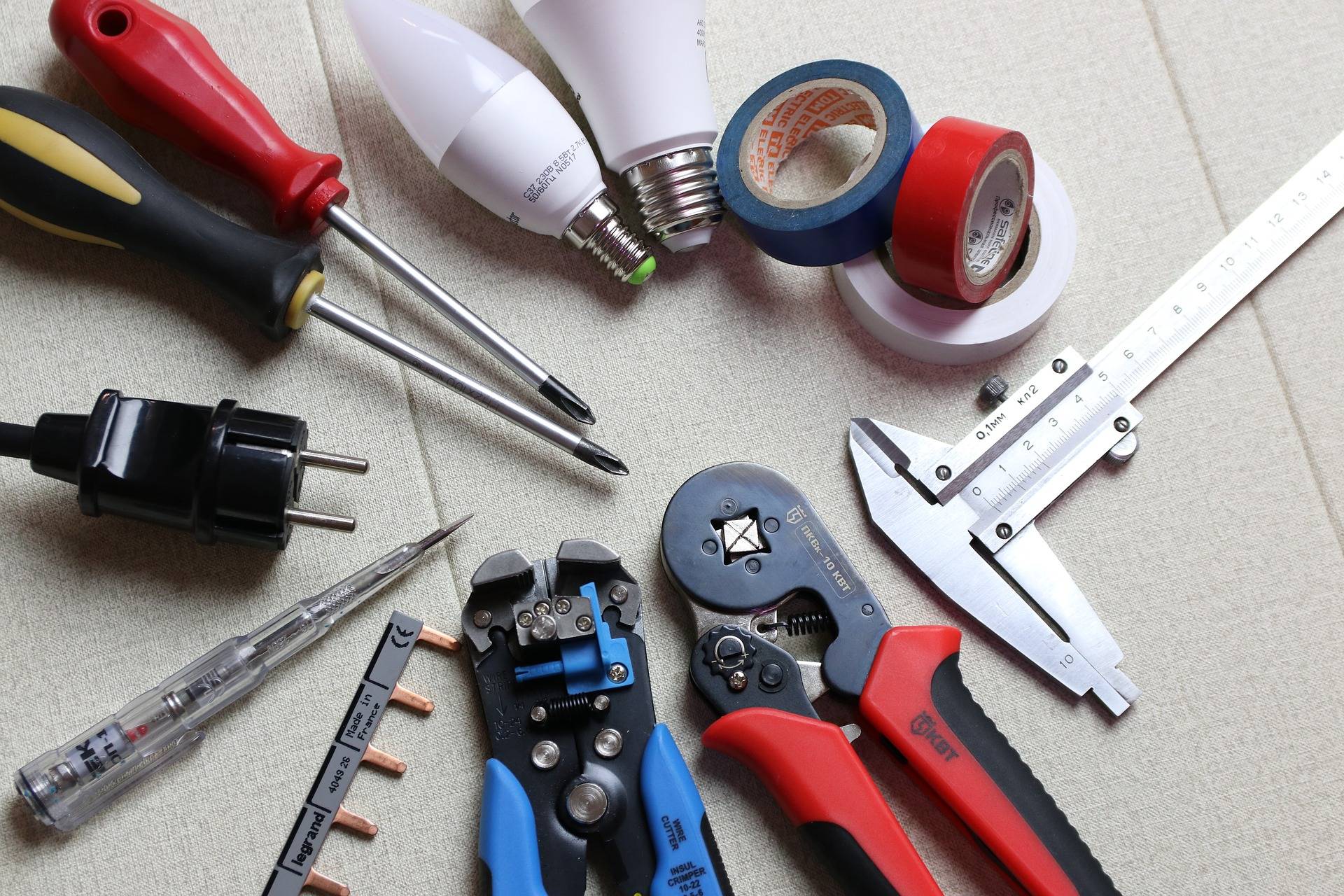Electricians have one of the most dangerous jobs in the workforce. And because their services are so essential, electricians are as in demand as ever – even during the current COVID-19 pandemic. That makes this a great time to review what personal protective equipment (PPE) electricians need to use to guard against both electrical and biological hazards.
What types of hazards are common in electrical work?
- Overhead power lines, power junctions, and downed electrical wires and cables can cause electrocution and burns.
- Fallen lines can also charge other objects such as fences, ladders, or metal building parts, making them hazardous or even deadly.
- Incorrectly sized and improperly used portable generators can cause “backfeeding,” a dangerous reversal of an electrical current’s direction.
What types of PPE are needed to protect against electrical hazards?
Depending on what type of electrical work you’re doing, you may need a combination of protective equipment.
- Safety glasses
- Face shields
- Hard hats
- Safety shoes
- Insulating (rubber) gloves with leather protectors
- Insulating sleeves
- Flame-resistant clothing
- Fall protection equipment
- Chemical- or cut-resistant gloves
- Chaps
- Line hoses
- Rubber hoods
- Rubber blankets
- Insulating live-line tools
What kinds of PPE protect against COVID-19?
Depending on work tasks and potential exposures, appropriate PPE may include the following:
- Gloves
- Gowns
- Masks, goggles or face shields
- Respirators
Make sure your initial meetings with potential employers include a detailed conversation about the specific pieces of PPE that will be necessary to do the job, as well as whose responsibility it will be to provide that equipment. And remember, TradeSTAR works with top employers with several offices across Texas for your convenience.
Call Us Today to Find Your Next Opportunity
If you’re on the hunt for an electrician opportunity, contact our team today or browse our online job search portal.
(This post includes information from both the Centers for Disease Control and Prevention and the Occupational Safety and Health Administration.)

